The honor of being a pioneer, of opening the first path in something, is usually highly discussed. Today we are going to see a female case, that of the considered first professional writer in the Western world, an honor that tradition places on the Venetian Christine de Pizán. Her legacy would have considerable influence on the French, Portuguese and Dutch Renaissance.
In fact, Christine was preceded by others, as is almost always the case. Right here we saw how the Akkadian priestess Enheduanna was the first known woman to compose a literary work in the third millennium BC (Nin-Me-Sar-Ra or Exaltation of Inanna ) and we should not forget the Greek poet Sappho of Mytilene, who lived between the 7th and 6th centuries B.C. but of whose life we hardly know anything, neither to the German nuns Hroswitha of Gandersheim and Hildegard of Bingen (author of poems, legends and theatrical dramas in the first century X; of theological treatises in the XII century the second), nor to famous trobairitz such as María de Ventadorn, Alamanda de Castelnau, the Countess de Dia, Azalais de Porcairagues, etc.
Christine de Pizán would be closer to Aphra Behn (17th century) in the sense that writing was her job, not entertainment, although she differed in that her works fell into very different genres, academic, fundamentally philosophical. and moralists.
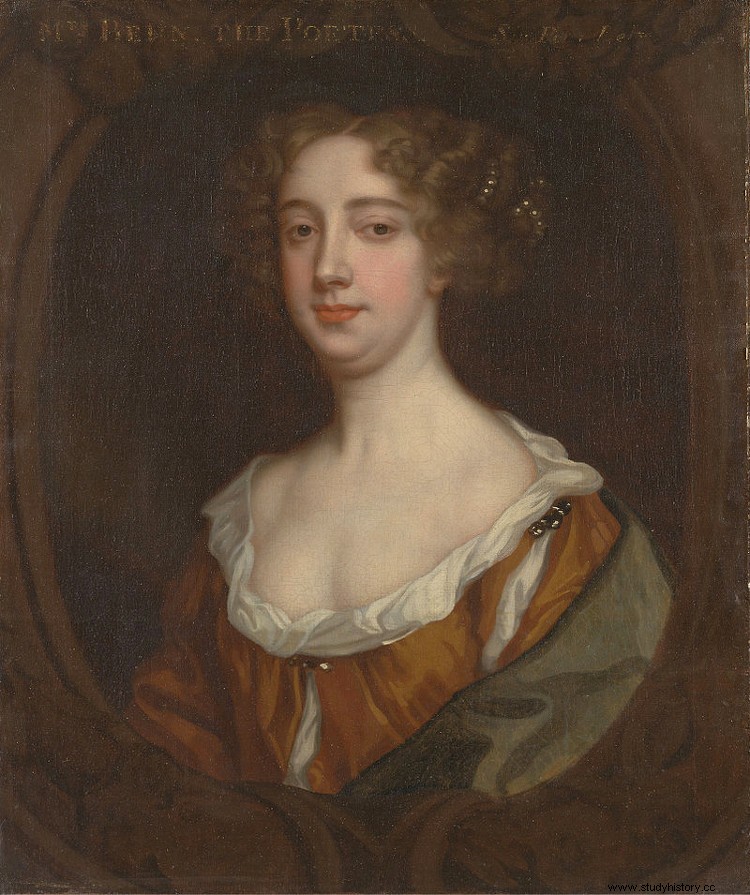
Something in keeping with the time in which she lived, the Late Middle Ages, which, on the other hand, was not the best time for women to stand out with pen and paper because their conception then -even later, in the Renaissance- was more in line with be the object of admiration and praise on the part of man than that of his own intellectual development.
The Venetian was one of the clearest exceptions to it, along with a predecessor such as the also medieval Eloísa de Paraclito. She was helped by the fact that she was the daughter of Tommaso di Benvenuto da Pizzano (in Spanish Tomás de Pizán), a famous astrologer and physicist from Bolognese who became chancellor of the Serenissima Republic of Venice but before that he lived at the court of the French king Charles V the Wise , in which she developed an intense cultural work. Christine, Venetian by birth (1364) met her father at the age of four and thus she grew up in an elitist and cultured environment that favored her own scholarship.
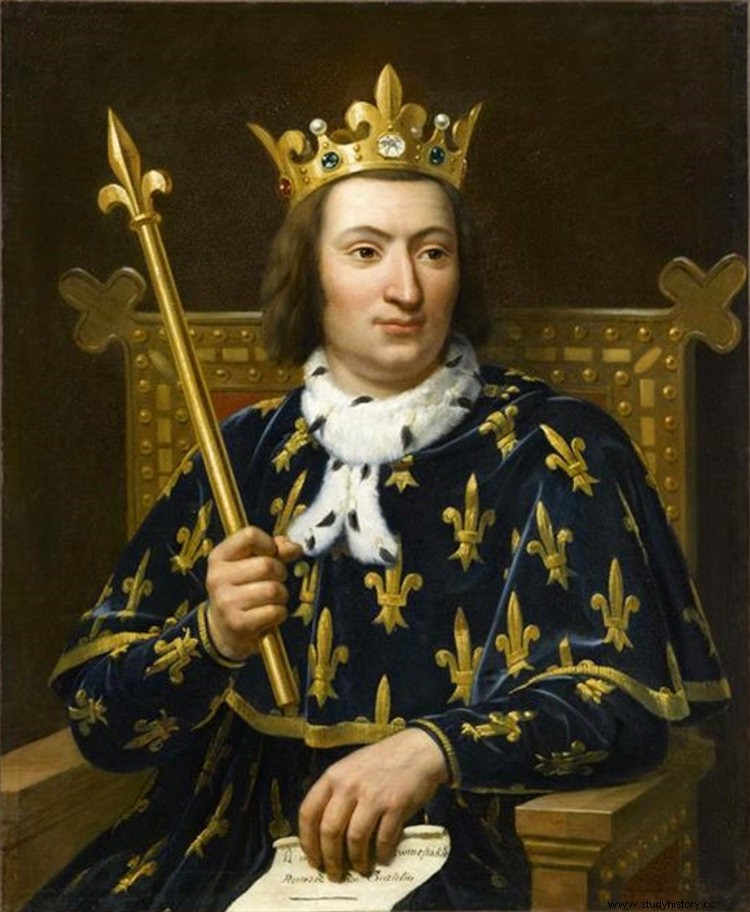
In 1379 she married Étienne du Castel, a royal secretary, with whom she had a happy but brief marriage. The following year the monarch died and his successor did not have the services of Étienne, so the couple saw their income significantly reduced. In fact, death hit the family hard because in less than a decade Christine also lost her father and her husband, leaving her homeless and with three children to support, also mired in lawsuits to claim the arrears of her late husband.
Luckily for her, she had received an exquisite education -and largely self-taught- that made her master several languages (French, Italian and Latin) and know the classics that were beginning to constitute the vanguard of a new historical and cultural period, the Renaissance, which took its first steps bringing the new concepts of humanism and would later hatch in Spain with a good handful of women professors and doctors. Thus, while other widows would have had to accept second marriages to get ahead, Christine began to publish romantic poems and songs that were very successful among the wealthy classes, causing her to receive patronage from the Dukes of Burgundy first and those of Berry, Brabant and Limburg. after.
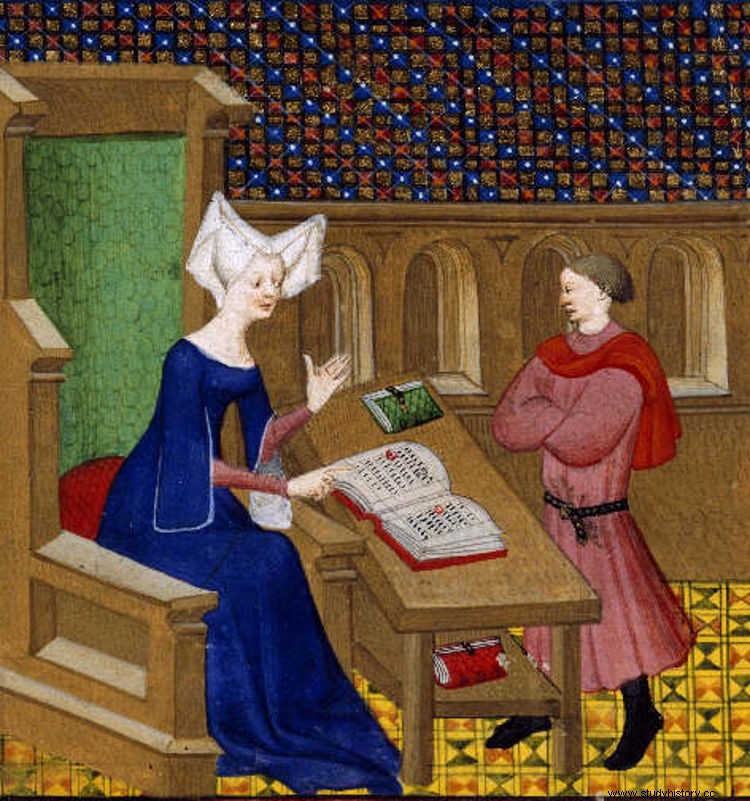
The royal family itself welcomed her with obvious interest, since Christine's verses had its members as recipients, if not as protagonists:she glossed Queen Elizabeth of Bavaria with fiery praise in 1402 for her role as regent in the absences of her husband (he was suffering from mental breakdowns that left him temporarily incapacitated), comparing her to Blanca de Castilla; to her daughter Margaret of Burgundy she dedicated Le Livre des trois vertus (The book of the three virtues ) on the occasion of her marriage to the Duke of Guyenne; and the late Charles V was honored in Le Livre des Fais et bonnes meurs du sage roy Charles V (The facts and good manners of King Carlos V )…
Luis de Orléans, brother of her successor, Carlos VI, also received special hospitality in L' Épistre de Othéa a Hector (Letter from Othea to Hector ), a book in which he attributes the founding of France to the Trojans who fled from the destruction of their city and included a series of tips for reigning (Louis was seen as more than likely a replacement for Charles VI) and which became in one of the most notable successes of its author, to the point that it had many reissues, all personalized for those who commissioned them (including Henry IV of England).

This didactic tone was also reflected in the Livre de la mutation de fortune (Book of Fortune Mutation ) and Le Chemin de long estude (The path of the long study ), in which she raised questions about justice in the world and the qualities that a universal king should have. In Livre du Corps de policie (The book of the body politic ) she analyzed the customs of European governments and societies of her time.
In 1410 she even wrote a manual titled Livre des fais d’armes et de chevalerie (Book of deeds of arms and chivalry ), designed to instruct the military on issues such as just war, treatment of prisoners and, in short, matters relating to the laws of war, making clear in it his rejection of ordeals and trials by combat.
That work, inspired by the civil strife that had devastated France shortly before, was completed three years later with the Livre de la paix (The book of peace ), whose title already indicates that she once again insisted on the theme of good governance. It was her last great work, although in 1414 she gave the queen an anthology of thirty of them illustrated with almost a hundred and a half miniatures and in 1418 she would still publish Epistre de la prison de vie Humaine (Letter on the prison of human life ), a kind of consolation for women who had lost relatives at the Battle of Agincourt.
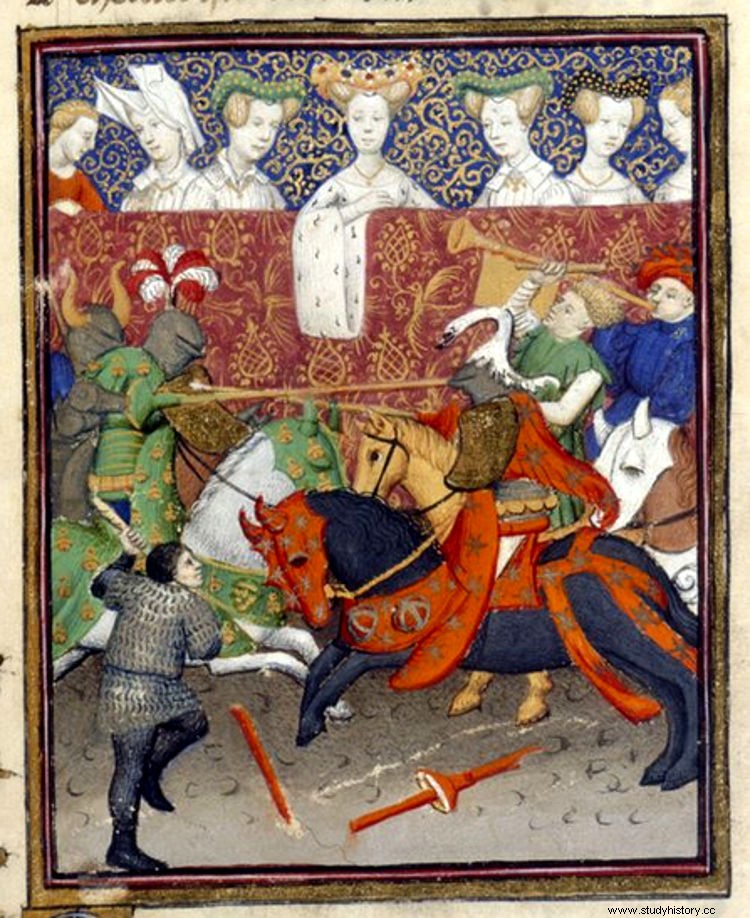
That work was her swan song, since the civil war led Christine to a certain pessimism about the impossibility of peace on Earth and she entered the Dominican convent of Poissy, where she spent the last ten years of her life. she. In that environment so different from the courtier he stopped writing and only recovered pen and paper in 1429, when the English were defeated and the Dauphin of France was crowned as Charles VII, to compose a poem entitled Ditié de Jehanne d 'arc (The Tale of Joan of Arc ) in which he identifies the Maid of Orléans as the manifestation of a series of prophecies, from those of Merlin, the Sibyl of Cumae and Bede the Venerable even those of Charlemagne.
Christine died intramurally in 1430, aged sixty-five, shortly before the famous French heroine was put on trial and burned at the stake. Now, we cannot finish this brief biography without talking about the four books that led her to maintain a strong controversy with some contemporaries and that today place her as an unusual precursor of feminism, to the point that Simone de Beauvoir cited her as a reference in Le deuxième sexe (The second sex ). This is L’Épistre au Dieu d’amours (The epistle to the God of love ), L’Avision de Christine (Christine's vision ), Le Livre de la cité des dames (The book of the city of ladies ) and Le Livre des trois vertus (The book of the three virtues ), all of them considered the best of her production.
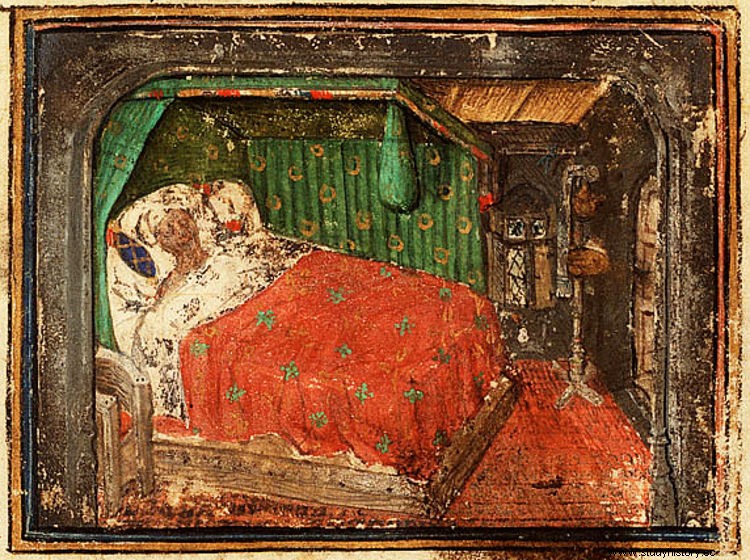
And it is that the Venetian took a belligerent part in what is considered one of the first literary controversies in history, the so-called Querelle des femmes (Women's Complaint), which lasted hundreds of years and revolved around Roman de la Rose , a successful allegorical work in octosyllables in which its author, the poet Jean de Meung (who was actually continuing what had been started by another, Guillaume de Lorris), sarcastically described the society in which he lived and left a portrait of women as a simple prostitute "by action or intention" .
Although Roman it had been published two centuries earlier, Christine sharply criticized it, accusing Jean de Meung of misogyny, defamation, and immorality, writing a forceful response in 1399:L’Épistre au Dieu d’amours , enlarged in 1402 with Le dit de la Rose (The Saying of the Rose ), in which the luxury of using the antiphrasis (rhetorical figure consisting of saying the opposite of what is thought) was allowed throughout the text.
As Meung's defenders reacted against her, over the next seven years she insisted on the same line publishing the other works mentioned above:in 1405 L' Avision de Christine (an autobiography) and Le Livre de la cité des dames (in which she imagined a city inhabited by illustrious women of history, from Mary Magdalene and the Queen of Sheba to some French queens, passing through Zenobia, Artemisia, Semiramis, etc). Le Livre des trois vertus she completed that series in 1406.
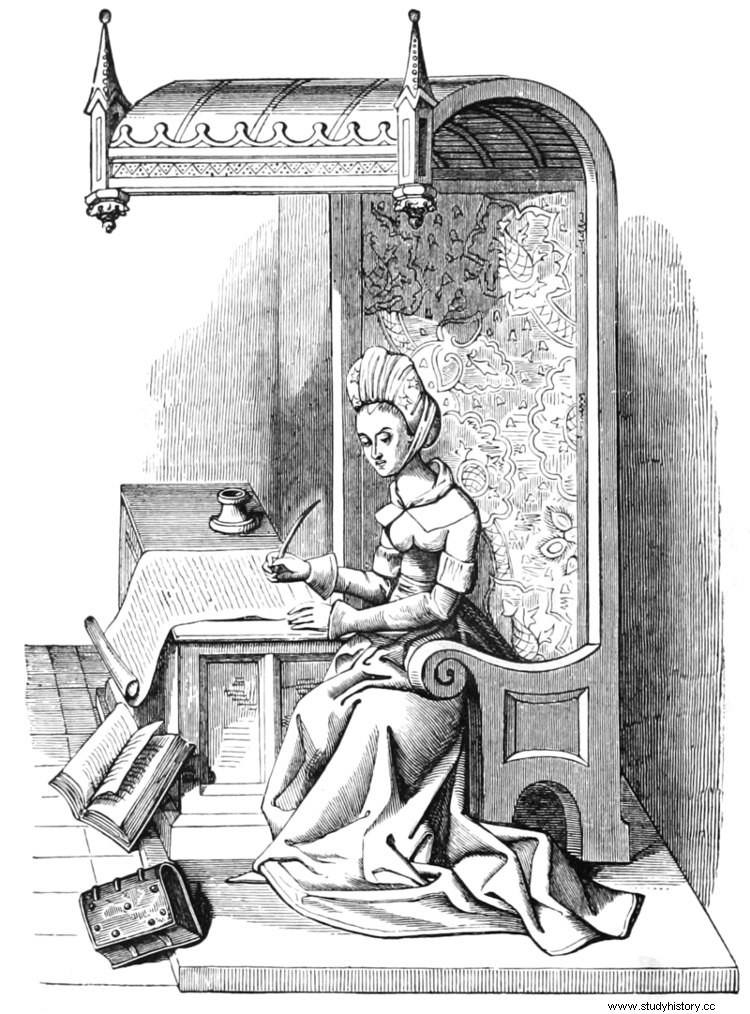
His argument was synthesized in theology and supported by references to the dimension of Saint Augustine:breaking the classic image of women as sinful, lascivious and immoral Eve, who even doubted the character of her soul and even her humanity. , wondering whether she should be educated or not, Christine claimed that she was created just like man, since God made both in his image and likeness. Likewise, she explained that the topics about women would be maintained if they were not allowed to enter the conversations and were not allowed to achieve virtue (reason, righteousness and justice) through her instruction.
And she led by example, since it is known that many of the illuminated illustrations for her books were commissioned from a collaborator of whom we only know her name, Anastasia, thanks to the fact that the quote in Le Livre de I quoted her des dames. In short, as Christine herself said in that same work:
